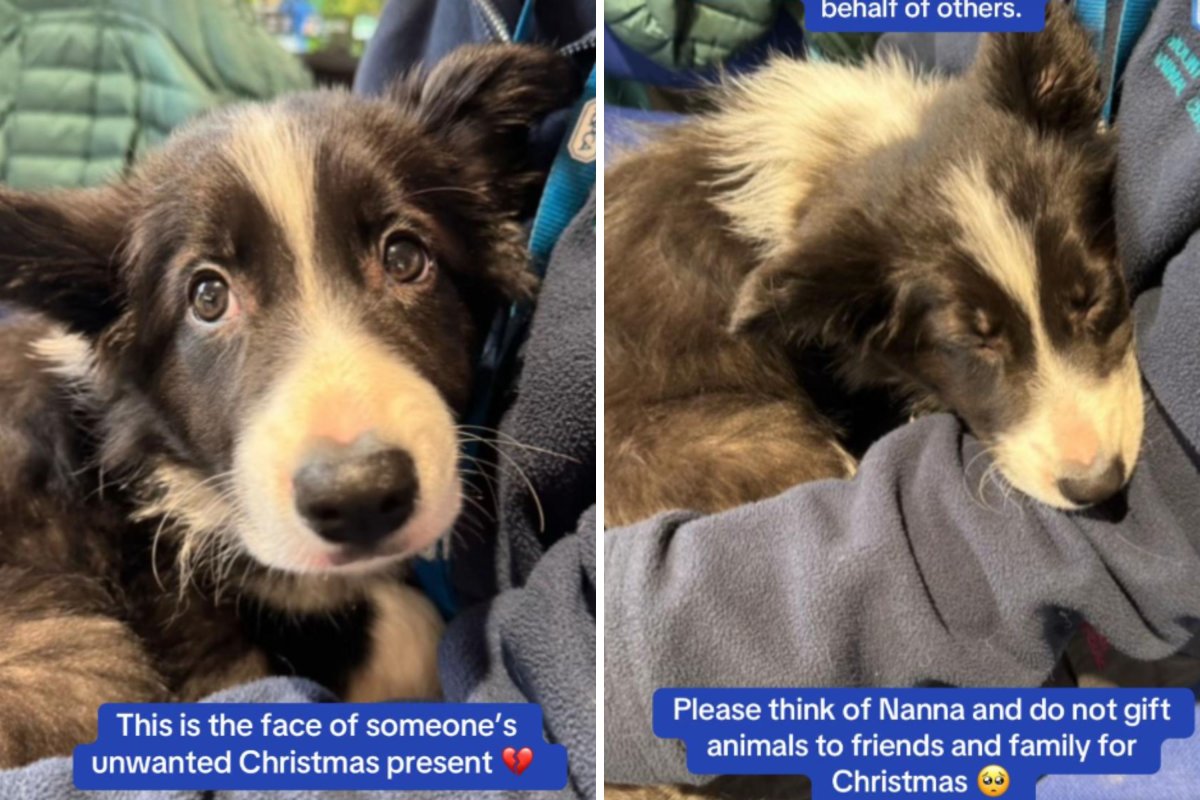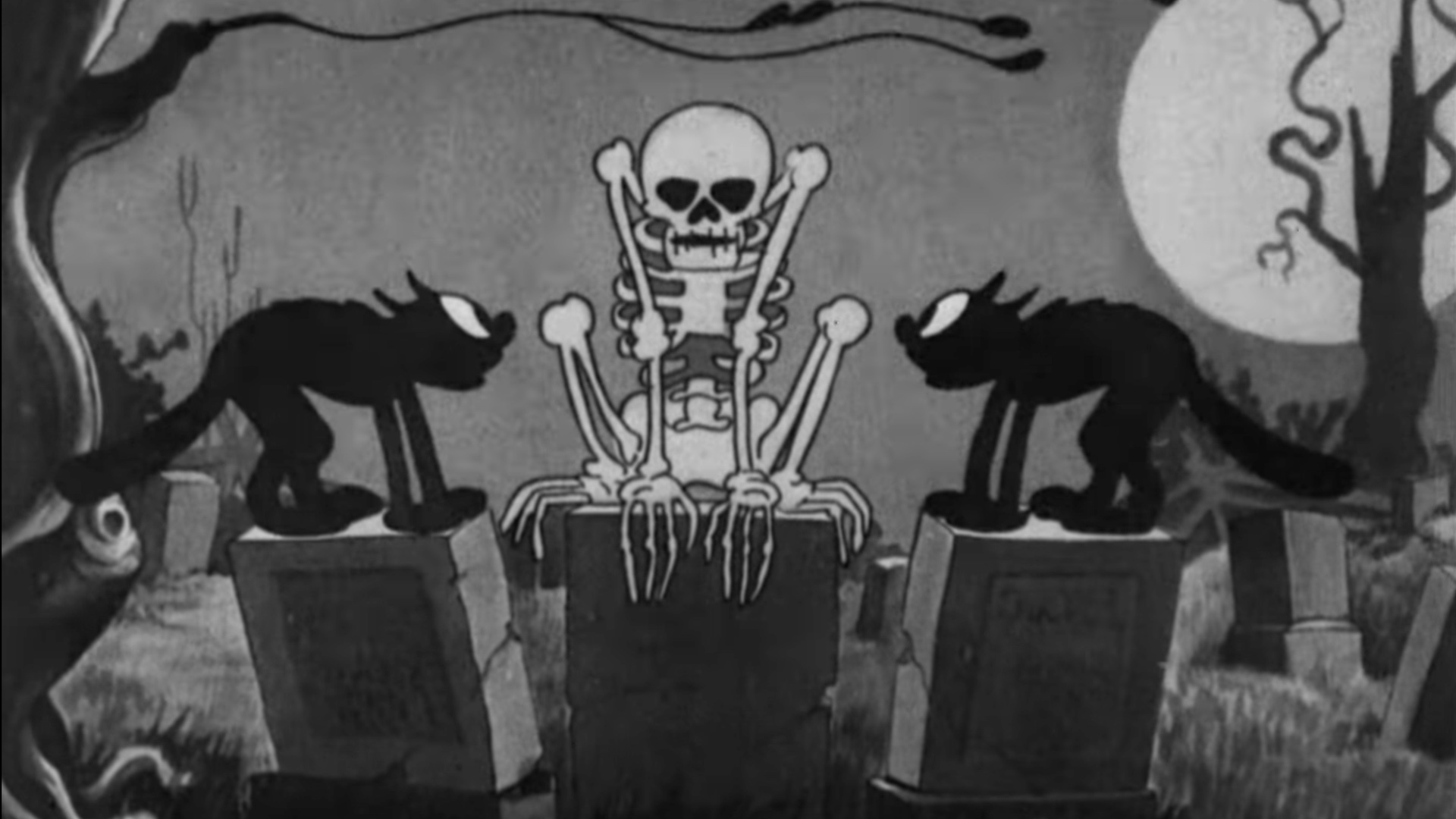Woman Who's Blind Goes Viral Saying She Can 'Hear' Where Tree IsâHere's How

Molly Burke has spent over a decade bridging the gap between the blind and sighted communities through lighthearted lifestyle videos, but it was a spontaneous moment in a California park that has newly piqued the interest of viewers online.
In her video, shared to her TikTok account @mollyburkeoffical on March 25, Burke, 31, demonstrates what she calls the "echo technique"—a form of passive echolocation she uses to detect objects in her environment by sound.
"I was just walking through this park—no guide dog, no cane, no nothing—and I reached my hand out and touched this tree because I could hear it," Burke told viewers online while standing beside a tree in the footage. "My boyfriend was like, 'What are you doing?' And I was like, 'This tree was so loud, it freaked me out.'"
The post has received almost 500,000 views and over 50,000 likes, with TikTok users expressing amazement at how Burke navigates the world around her, using only her hearing.
Burke, a Canadian-born content creator based in Los Angeles, California, lost most of her sight at 14 years old due to Retinitis pigmentosa, a rare degenerative eye disease. Burke began her career as a motivational speaker before moving into digital storytelling on YouTube and Instagram when she turned 20.
"I have been a social-media content creator for over 10 years now," Burke told Newsweek. "I create lifestyle content from the perspective of a blind woman, which includes anything from beauty and fashion to fitness and travel.
"Plus, a whole lot of cute dog!" Burke added.
Her guide dog, named Elton John, features prominently in her posts and helps her navigate more-complex environments, but it was her less-visible navigational tool—the echo technique—that recently sparked renewed interest from her followers.
"Echolocation is a technique used by some blind people to help us navigate," Burke said. "I was trained in passive echolocation by my orientation and mobility instructor as a child."
Unlike active echolocation, which involves producing clicks or snaps to generate sound waves, passive echolocation relies on natural sound waves in the environment. These sounds bounce off surfaces, creating what Burke refers to as "sound shadows."
Burke said that her instructor got her acquainted with the technique by blindfolding her, even when she could still see, and asking her to count trees while walking down a sidewalk. While the technique does not replace traditional aids such as canes or guide dogs, it serves as a complementary tool.
"It helps me figure out how large a space is, if there are obstacles, where new hallways or door openings are," Burke said. "It is not a skill all blind people have, use, or are trained in.










